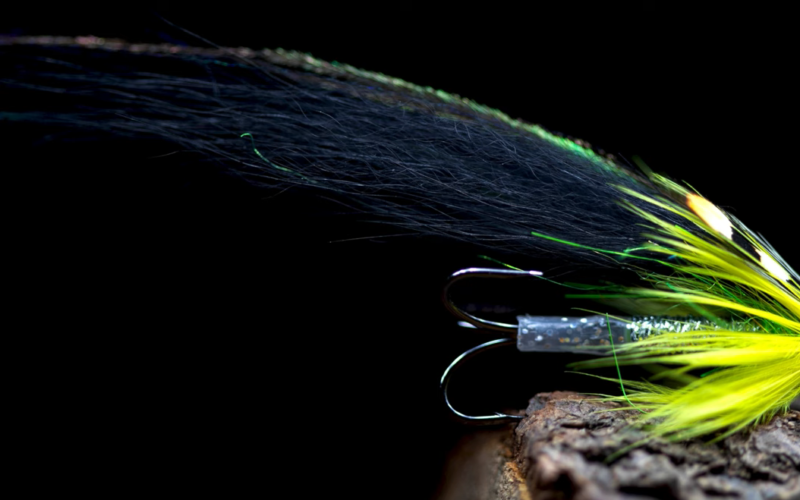Scottish Fisheries Report 2022: Positive short-term, and negative big picture trends in Atlantic Salmon and Sea Trout fishing, and conservation.


The 2022 Scottish Fisheries Report
The 2022 Scottish fisheries report reveals positive developments in the conservation of Atlantic salmon and sea trout. The total reported rod catch of Atlantic salmon increased by 16% compared to the previous year, although it remains the fourth lowest since 1952. Catch and release practices accounted for a significant portion of the rod catch, emphasising a shift towards sustainable fishing methods. Net fisheries reported low numbers of retained catch, indicating the requirement for a growing focus on conservation efforts. Similarly, sea trout numbers saw an 11% increase compared to 2021, with catch and release representing the highest percentage since records began, well done anglers!
See FishPal’s guide to effective catch and release here: https://blog.fishpal.com/best-practice/
The findings highlight progress in protecting these fish populations but underscore the need for continued and radical conservation efforts to ensure their long-term survival.
Summary – Salmon
Overall, the number of Atlantic salmon caught by Scottish fisheries in 2022 was greater than the previous year.
- The total reported rod catch of wild salmon for 2022 is 42,204, the fourth lowest since 1952. This is an increase of 16% compared to 2021, and 96% of the previous five-year average.
- Catch and release in 2022 accounted for 97% of the total rod catch and 99% of the rod caught spring multi sea-winter fish (taken before 1 May).
- Reported spring catch in 2022 increased by 52% on the coronavirus (COVID-19) affected 2021 season and was 122% of the previous five-year average.
- Reported retained catch for the net fisheries was among the lowest recorded since 1952. Released net caught fish were reported for the first time in 2021.
- A total of 17 fish were reported as being of farmed origin, representing 0.04% of the total Scottish catch, by all methods, in 2022.
Summary – Sea Trout
Overall, the number of sea trout caught by Scottish fisheries in 2022 was greater than the previous year.
- The total reported rod catch of sea trout for 2022 is 14,509, the fourth lowest since 1952. This is an increase of 11% compared to 2021 and 95% of the previous five-year average.
- Catches of finnock have been collected since 2004; the total reported rod catch for 2022 is 8,202. This is an increase of 25% compared to 2021 and 110% of the previous five-year average.
- Catch and release in 2022 accounted for 91% of the total sea trout rod catch. This is the highest percentage of released rod caught fish since records began in 1994.
- Reported retained catch and effort for the net fisheries were among the lowest recorded since records began. Released net caught fish were reported for the first time in 2021.
Report summary produced by Fisheries Management Scotland.
Conclusion
In conclusion, while the 2022 statistics demonstrate positive developments in the conservation of Atlantic salmon and sea trout, the overall numbers and historical trends still necessitate further attention. Continued collaboration between fisheries, conservation organisations, and policymakers will be crucial in implementing sustainable practices and safeguarding these iconic species for generations to come.
Sam Carlisle of FishPal says:
“While a rod catch that is in line with the 5 year average, and a 16% improvement on the previous year, might be cause for celebration – we should be under no illusions: our Atlantic Salmon are in a perilous state. To ensure their survival we need to work alongside those that are fighting for our wild fish. River boards, scientists, ghillies and conservation organisations all deserve our support. There is no single solution, and we need both a pragmatic and collective approach. We can all help in our own way by following best practice when it comes to catch and release and hanging up our rods if the water temperature rises dramatically.
Equally, if you are not a member already of one of the organisations that works to protect our stocks of Salmon and Sea Trout, I would urge you to join up. When they come to lobby the Government for change, there is much strength in numbers and unity. Together we can make a difference, protecting these species for the generations to come.”
Sam Carlisle, Head of FishPal



